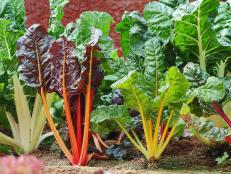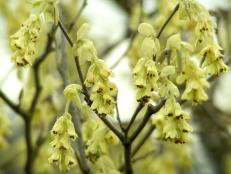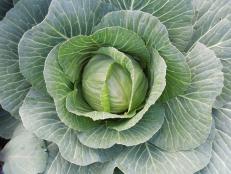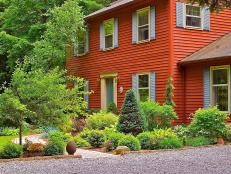Hardy Palms


It happens every year—that first brush with bitter winter cold that leaves us dreaming of tropical escapes and sipping an umbrella drink in the shade of a swaying palm.
If you can’t break away, the next best thing may be to just bring a little of that fantasy vacation to your own back yard—starting with palms. Most people don’t think about these needled beauties growing anywhere outside of Florida or southern California. But many palms are hardy enough to withstand the cold of states where temperatures are known to dip into the single digits many nights.
Hardy palms are ones able to withstand brief periods of cold temperatures, even occasional snowfalls. Some are native to high elevations where they tolerate freezes with little damage. Several factors are weighed when determining a palm’s hardiness. They include humidity, the plant’s age and size, how warm temperatures get during the day, and the duration of the coldest temperatures. Some palms can withstand subzero temperatures for a few hours better than they can several nights in the 20s.
Here are a few hardy palms that are popular because they’re durable, easy to grow and widely available:
Bismarck Palm, Bismarckia nobilis – When mature, this native of Madagascar can tolerate temperatures as low as 15 degrees, though best suited for zones 8b-11. This palm grows at an average rate and has silvery green fan-shaped leaves.
Windmill Palm, Trachycarpus fortunei – Native to the Himalayas, these are the best known hardy palms. With light- to medium green fan-shaped leaves, Windmills are used to the cool temperatures of high altitudes and can be found in England; Ireland; Vancouver, Canada; and in the United States as far north as Long Island, New York; and Seattle.
Needle Palm, Rhapidophyllum hystrix – A very slow-growing, typically trunkless plant reaching only about three feet tall, this palm is native to the southeastern United States. Though considered hardy to zone 6b, as far north as the lower Ohio Valley, Needle Palms can tolerate temperatures as low as –10 degrees for short periods.
Sabal palms (palmettos) – Very common along the southeastern coast, where they are native, Sabal palmettos are hardy to zone 8 and can survive lows of 7 degrees for short periods. The toughest is the Dwarf Palmetto, hardy to zone 6b.
Washingtonia palms – Known as towering sentinels, these palms are native to Mexico and southern California, and can reach 100 feet tall. They are hardy to 10 degrees. Less hardy is the Mexican Washingtonia, W. robusta, which has a thicker trunk and stiffer leaves.
Mediterranean Fan Palm, Chamaerops humilis – This palm may be hardy to 10 degrees, but it does not like hot summers. Extremely slow growing, this fan palm has a blue form found to be much hardier than the typical green form.











































